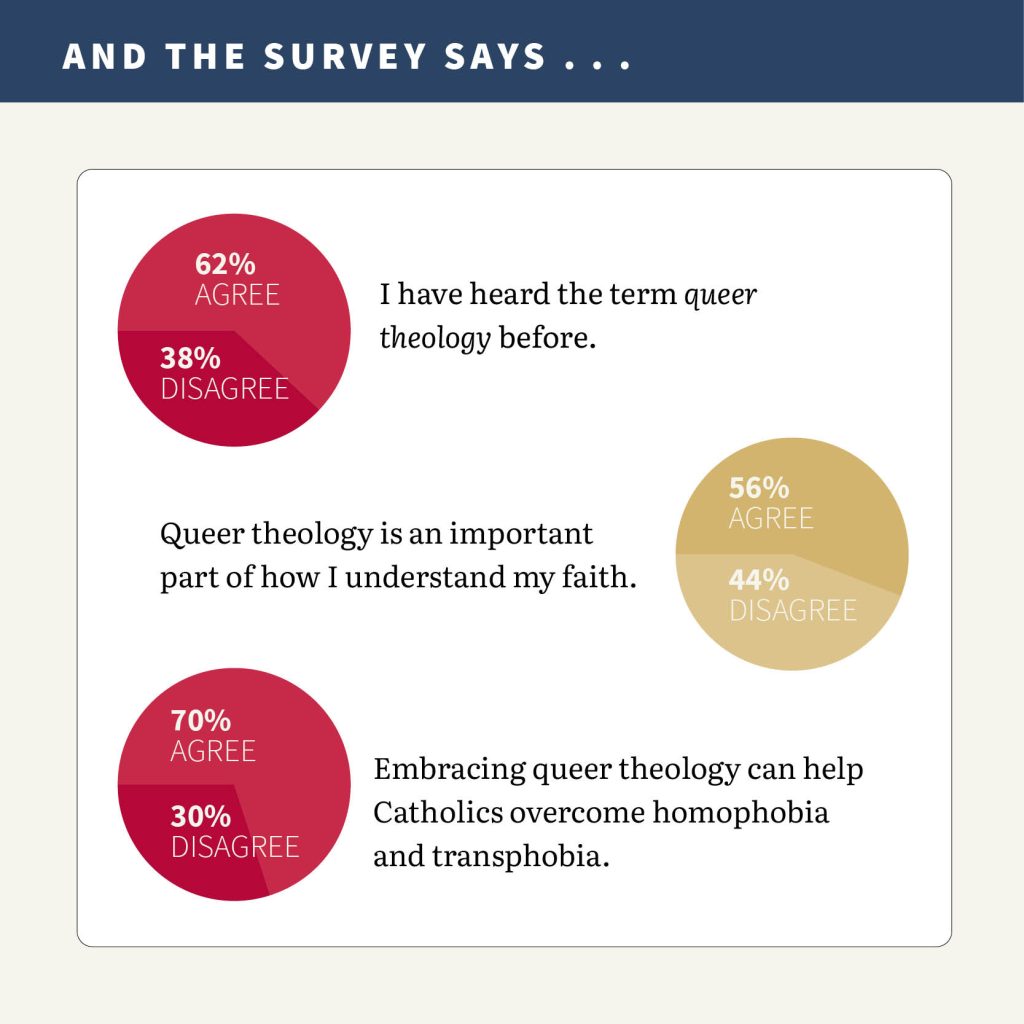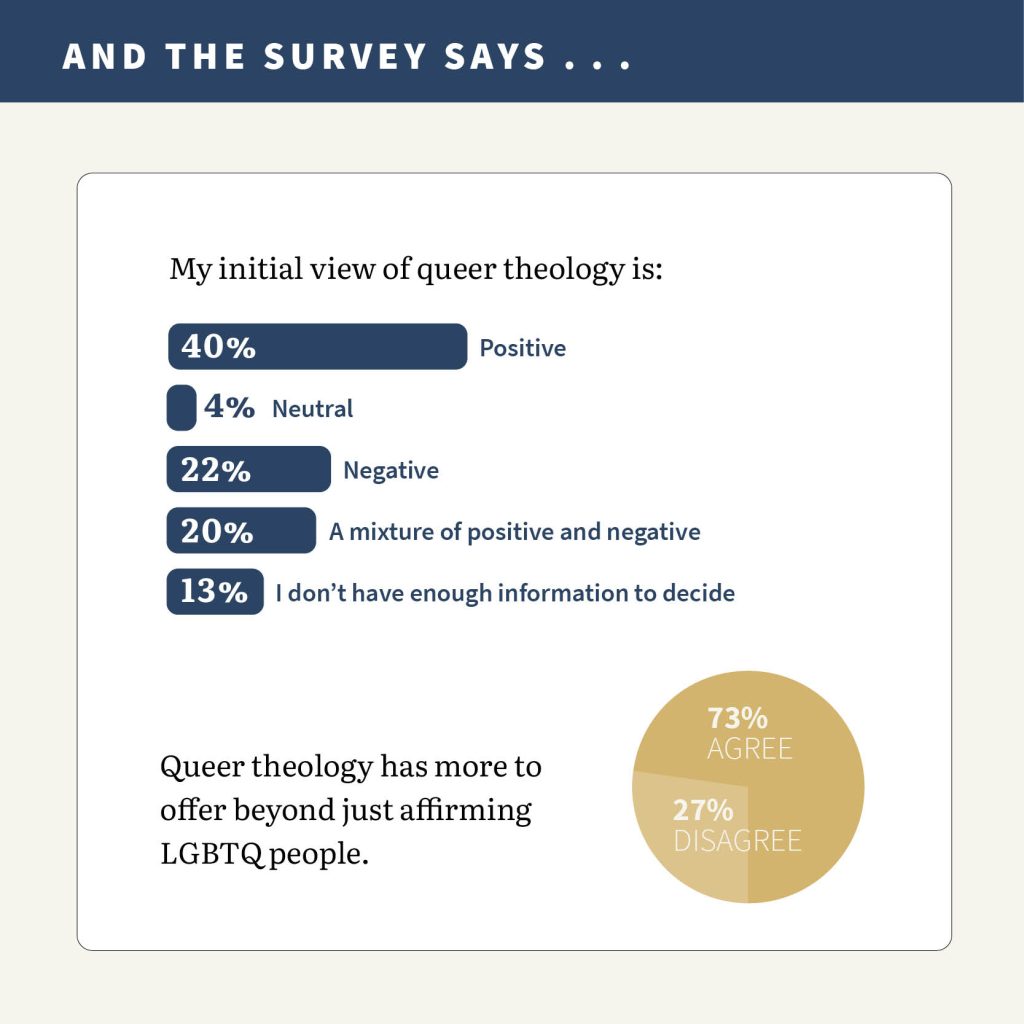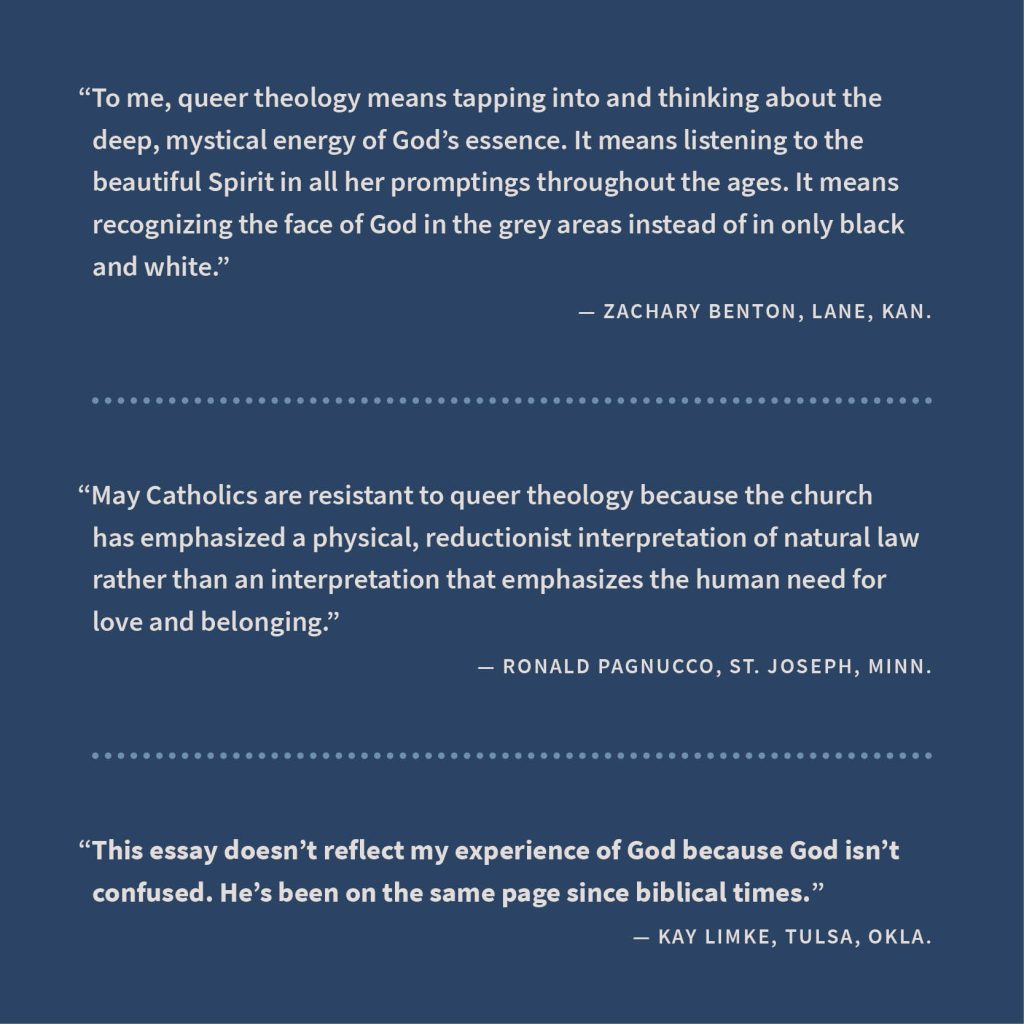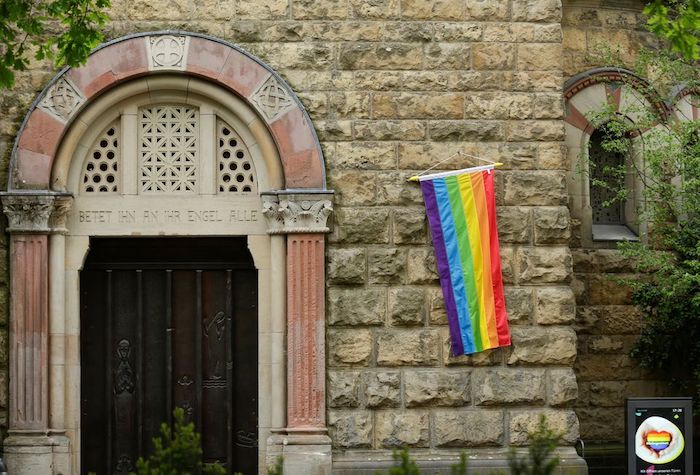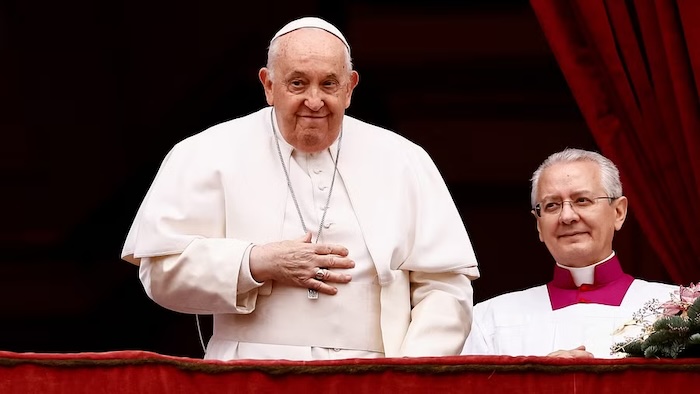— 5-star case of the medium being the message
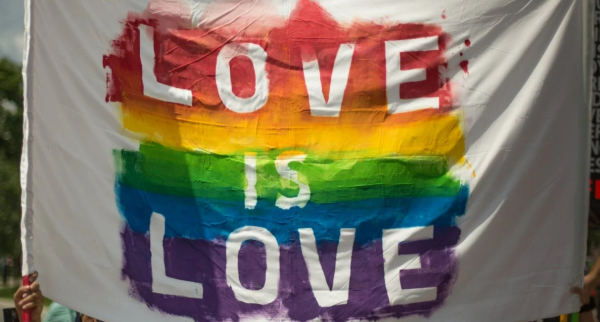
Here is a fact from life on the religion beat. Several times a year, a religion-beat reporter is going to be approached by an editor who wants him or her to make a photo-assignment for a religious holiday or a story with some kind of religion hook.
They don’t want Southern Baptists in gray suits (or even megachurch tropical shirts). They don’t want Pentecostal believers in church clothes with their hands in the air. (Well, if there were snake-handlers in urban zip codes near elite newsrooms, they’d be big hits with newsroom photo-desks.)
Reporters know what editors want — pictures of Catholic rites. Catholics photograph well. That’s why there are 100 movies about Catholics for every one movie about run-of-the-mill Protestants. (Episcopalians will do, every now and then, especially since they always are several decades ahead of Rome on the historic “reforms,” such as female bishops, etc.)
This brings me, belatedly (I’ve had other things on my mind), to Fiducia Supplicans and what makes that complex and, I would argue, intentionally confusing document so newsworthy and historic.
This was a papal chess move that, in the fine print, stressed that its creators did NOT want to produce photo ops that looked like same-sex marriages. But the big news is that it did precisely that in the media that matter the most — newspapers and television networks in New York City and other deep-blue media environments.
It’s all about the staged visuals. If you look at Fiducia Supplicans from a photo-op perspective, the key New York Times story was perfect. The headline: “Making History on a Tuesday Morning, With the Church’s Blessing.”
These blessing rites had been taking place in Europe for several years now (and privately, we can assume, in North America). The elite press ignored those events, even though — from a church history perspective — they were just as important as blessing rites In. New. York. City.
But anything in New York City, with America’s most important (and Pope Francis favored) priest in a starring role is obviously more important than something in Germany. Right? Now it’s time to celebrate.
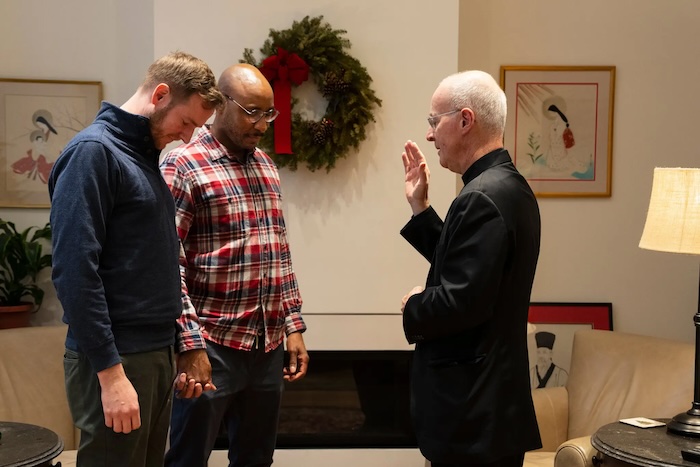
Let’s read through several crucial passages in that Times epistle to the people of America. Note the anti-photo-op Vatican language in the overture which sets up, of course, the Vatican approved, oh so symbolic, photo op.
As a Jesuit priest for more than two decades, the Rev. James Martin has bestowed thousands of blessings — on rosary beads, on babies, on homes, boats, and meals, on statues of saints, on the sick, on brides and on grooms.
Never before, though, was he permitted to bless a same-sex couple — not until … the pope said he would allow such blessings, an announcement that reverberated through the church.
… Damian Steidl Jack, 44, and his husband, Jason Steidl Jack, 38, stood before Father Martin in a living room on Manhattan’s West Side. The couple, running a bit late because of subway delays, dressed casually. Damian, a floral designer, complimented Father Martin on the pine smell of the Christmas tree.
In keeping with the Vatican’s admonition that such a blessing should not be performed with “any clothing, gestures, or words that are proper to a wedding,” Father Martin wore no robes, and read from no text. There is no blessing for same-sex couples in the thick book of blessings published by the U.S. Conference of Bishops. Instead he selected a favorite of his own from the Old Testament.
“May the Lord bless and keep you,” Father Martin began, touching the two men’s shoulders. They bowed their heads slightly, and held hands.
“May the Lord make his face shine upon you, and be gracious to you. May the Lord turn his countenance to you and give you joy and peace.
“And may almighty God bless you,” he said, making the sign of the cross, “the Father, the Son, and the Holy Spirit. Amen.”
The big word is “gestures.”
Thus, the photo is the story. That’s the whole point. The photo, for about 99% of readers who see it, says what Catholic progressives want it to say.
Catholic clergy will not be punished for performing these blessings. Catholic clergy who refuse to perform them can expect to get calls from reporters. The leaders of Catholic schools and ministries that choose to dismiss Catholics living in same-sex relationships can expect to be asked by judges whether these employees have been blessed by a priest, acting with the blessing of the pope.
The photo is the story. Protecting the priests in the photos appears — until Vatican actions prove otherwise — to have been the point of Fiducia Supplicans.
The New York TImes report does a great job of contrasting the anti-photo-op language in the Vatican document with the photo-op realities in real life. Again: The photo is the story. Note, again, the word “gesture.”
The pope’s decision was greeted as a landmark victory by advocates for gay Catholics, who describe it as a significant gesture of openness and pastoral care, and a reminder that an institution whose age is measured in millenniums can change.
The decision does not overturn the church’s doctrine that marriage is between a man and a woman. It does not allow priests to perform same-sex marriages. It takes pains to differentiate between the sacrament of marriage — which must take place in a church — and a blessing, which is a more informal, even spontaneous, gesture. And, a priest’s blessing of a same-sex couple should not take place in connection with a civil marriage ceremony, it says.
News of the pope’s decision spread quickly among gay Catholics, many of whom began preparations for blessings of their own after the busy Christmas season.
Ah, Catholics “began preparations” for “spontaneous” gestures.
Keep reading as the Times team moves into Act II:
On the morning of the pope’s announcement, Michael McCabe’s husband, Eric Sherman, ran into his home office in their apartment in Forest Hills, Queens, bursting with news: Their 46-year partnership could at last be blessed.
“You wait so long for the church to come around, you kind of give up hope,” said Mr. McCabe, 73, who attends Mass every Sunday at the Church of St. Francis Xavier in the Chelsea neighborhood of Manhattan.
The couple married in 2010 in Connecticut, before same-sex marriages became legal in their home state of New York. They had long been resigned to the church’s stance, even if they had not fully made peace with it, Mr. McCabe said.
“I know that myself and my relationship with my husband are good things,” said Mr. McCabe, who taught catechism to first graders at the church.
In other words, McCabe is said to be a clergy-recognized leader in his parish, even with the strange past-tense reference in the this key language — “who taught catechism to first graders at the church.”
Maybe quote the senior priest in this parish to verify that crucial fact?
One more passage will note the obvious thesis in this story:
In New York City, where a handful of progressive Catholic churches have been on the forefront of welcoming L.G.B.T.Q. parishioners, but have stopped short of marrying them and sanctifying their unions, the news from the Vatican was just as exciting for some priests as it was for their parishioners.
“I say it is about darn time,” said the Rev. Joseph Juracek, pastor of the Church of St. Francis of Assisi in Midtown, who believes the church is finally aligning with Jesus’ teachings: “This is what he is all about: That God is for all people.”
Now they can schedule church blessings and take those crucial photos. That’s the story.
That’s the rite.

At the Outreach website, Father Martin made the same arguments that he made with the Times team (note the reference to his role in the Synod on Synodality):
… [Y]ou may hear from some quarters that “nothing has changed.” It reminds me of my church history professor, John W. O’Malley, S.J., who said that when church teaching changes, the most common introduction is “As the church has always taught… “
Here, Father O’Malley’s insight is made manifest in a slightly different way. Some Catholics oppose any steps toward greater inclusion for LGBTQ people in the life of the church. We saw some of this during the Synod on Synodality, where I was a voting member, with significant pushback from certain quarters on even using the term “LGBTQ.” So, for some, this declaration (even though it specifies that the blessings must not in any way seem like a marriage rite) will be threatening, and the temptation will therefore be to say, “Nothing has changed.”
But a great deal has in fact changed. Before this document was issued, there was no permission for bishops, priests and deacons to bless couples in same-sex unions in any setting. This document establishes, with some limitations, that they can.
Of course, some may say that there are many restrictions (as noted above), while others will note that in some places (most notable in the German church) these blessings were already widespread. (One German bishop told me during the Synod that he himself blessed such unions outside his cathedral.) The change here is that these blessings are now officially sanctioned by the Vatican. Today, with some limitations, I can perform a public blessing of a same-sex couple. Yesterday, I could not.
That spontaneous blessing took place, of course, after working on the photo-desk paperwork at The New York Times.
Complete Article ↪HERE↩!


